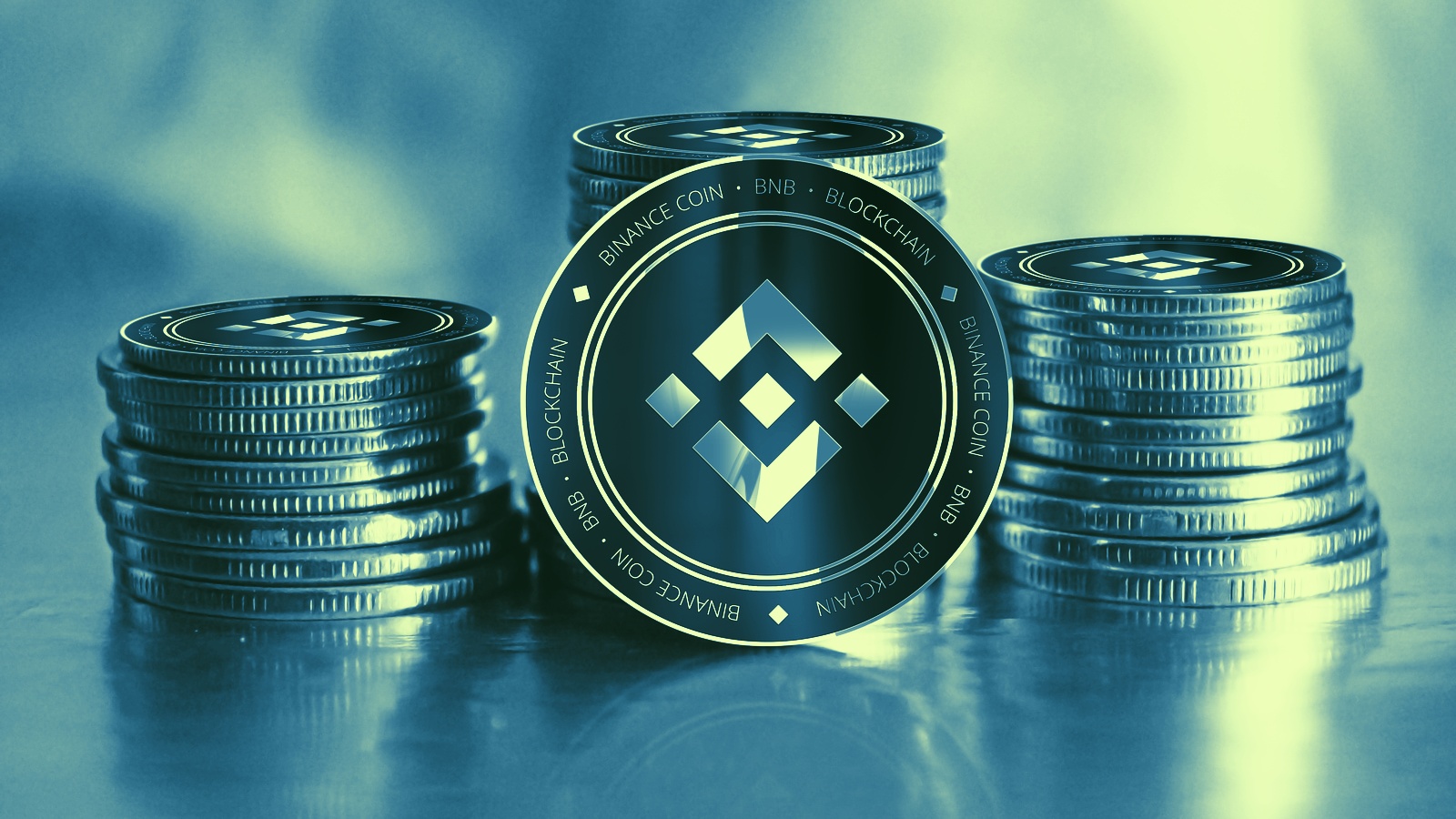In the ever-evolving landscape of cryptocurrencies, Binance Coin (BNB) has emerged as a linchpin not only as a utility token but as a pivotal force steering the success of one of the world’s foremost cryptocurrency exchanges—Binance. The journey of BNB is a testament to the resilient and innovative spirit entrenched within the dynamic realm of cryptocurrencies.
Binance Coin, commonly abbreviated as BNB, came into existence in July 2017 through a groundbreaking Initial Coin Offering (ICO) masterminded by Binance’s visionary leader, Changpeng Zhao (CZ). Its foundational objective was to serve as the native cryptocurrency within the Binance exchange ecosystem, facilitating a spectrum of functionalities that transcended its role as a mere trading pair.
The ICO, a funding mechanism within the crypto space, marked the inception of BNB and provided early adopters and investors with the opportunity to acquire a stake in this nascent digital asset. The purpose of BNB extended beyond merely being a tradable asset; it was strategically integrated into the Binance platform to unlock various utilities.
Initially conceived as an ERC-20 token on the Ethereum blockchain, BNB later underwent a strategic migration to Binance’s proprietary blockchain, Binance Chain. This migration marked a strategic move, aligning with the platform’s expansion and diversification of offerings.
BNB’s utility extends far beyond being a conventional trading pair. Within the expansive Binance platform, users harness the power of BNB to avail themselves of discounted trading fees, participate in token sales hosted on the Binance Launchpad, and even secure accommodations through strategic partnerships.
A unique and noteworthy aspect of BNB is its burning mechanism. Periodic buybacks and subsequent destruction of BNB tokens contribute to its deflationary nature, potentially fostering increased intrinsic value over time. This burning mechanism, initiated by Binance, involves using a portion of the profits generated by the exchange to buy back BNB tokens from the market and subsequently destroy them.
The burning process serves a dual purpose. Firstly, it acts as a deflationary mechanism, decreasing the total supply of BNB over time. This reduction in supply can contribute to a potential increase in the value of each remaining BNB token. Secondly, the burning mechanism aligns with Binance’s commitment to transparency and value creation for its token holders.
A watershed moment in BNB’s trajectory occurred with the introduction of the Binance Smart Chain (BSC) in 2020. This groundbreaking move brought smart contract functionality to the Binance ecosystem, opening avenues for the creation and execution of decentralized applications (DApps). BNB found itself at the forefront of the burgeoning decentralized finance (DeFi) revolution.
BSC’s architecture provided a high-performance alternative to other blockchain networks, catering to developers and users seeking cost-effective and efficient solutions. The introduction of BSC marked BNB’s expansion beyond its role as a utility token within the Binance exchange to a broader ecosystem encompassing decentralized finance and blockchain applications.
As the cryptocurrency landscape undergoes continual metamorphosis, so does the role of BNB. The ascendance of decentralized finance, the proliferation of non-fungible tokens (NFTs), and the exploration of blockchain interoperability collectively shape the potential trajectory of BNB. Binance’s proactive commitment to innovation, evident in initiatives such as Binance Launchpad and Binance NFT, positions BNB to adapt effectively to emerging trends.
The decentralized finance (DeFi) movement, characterized by the development of financial services and applications on blockchain networks, has become a prominent trend within the cryptocurrency space. BNB’s integration into the Binance Smart Chain aligns with the ethos of DeFi, offering users the ability to participate in decentralized exchanges, lending platforms, and yield farming protocols.
Non-fungible tokens (NFTs), unique digital assets representing ownership or proof of authenticity of a particular item, have surged in popularity. BNB’s versatility within the Binance ecosystem positions it to play a role in the burgeoning NFT space, potentially facilitating transactions, purchases, and investments within NFT marketplaces.
Blockchain interoperability, the ability of different blockchain networks to communicate and share information, is another pivotal trend. BNB’s presence within the Binance ecosystem, which spans various blockchain initiatives, positions it to contribute to the evolution of interoperable solutions, enabling seamless collaboration between different blockchain networks.
However, the cryptocurrency arena is not devoid of challenges. Regulatory developments cast a looming shadow, and the necessity for continual technological adaptation remains omnipresent. Binance’s ability to navigate these challenges while remaining unwavering in its commitment to user-centric services will undoubtedly play a pivotal role in shaping the future trajectory of BNB.
Regulatory scrutiny within the cryptocurrency space has intensified globally. Governments and regulatory bodies are grappling with the need to establish clear frameworks for the burgeoning industry. Binance, being a leading cryptocurrency exchange and the entity behind BNB, must navigate these regulatory landscapes with prudence and compliance.
Technological adaptation is another ongoing consideration. The rapid evolution of blockchain technology introduces both opportunities and complexities. Binance, as a key player, must continue to invest in research and development, staying at the forefront of technological advancements. The scalability, security, and sustainability of the Binance ecosystem, including BNB, depend on a proactive approach to technological challenges.
In conclusion, Binance Coin has transcended its origins as a utility token confined to an exchange, evolving into a multifaceted asset steering innovation within the broader blockchain space.




